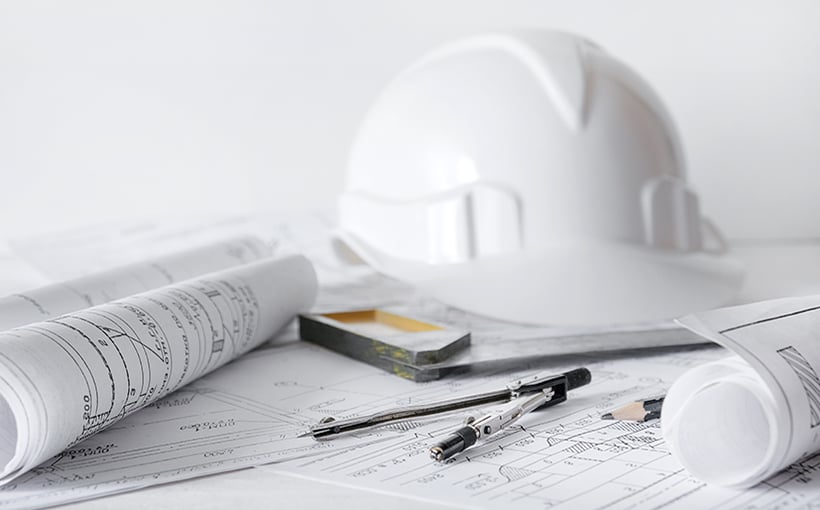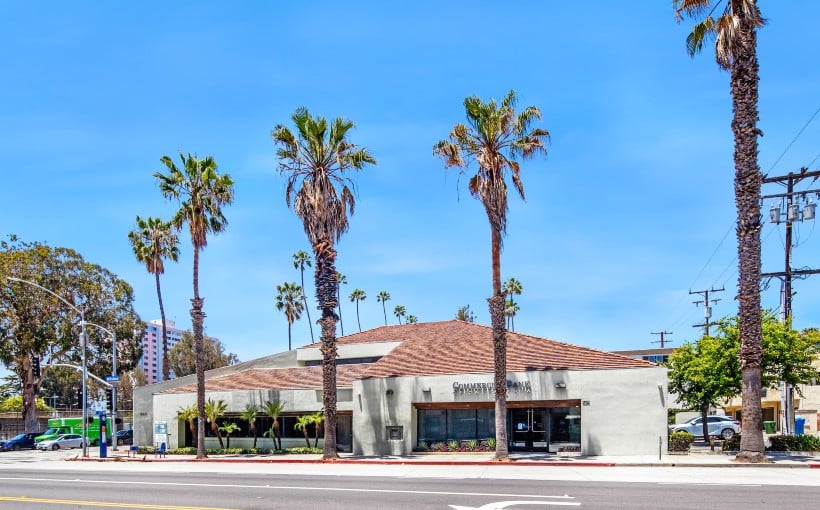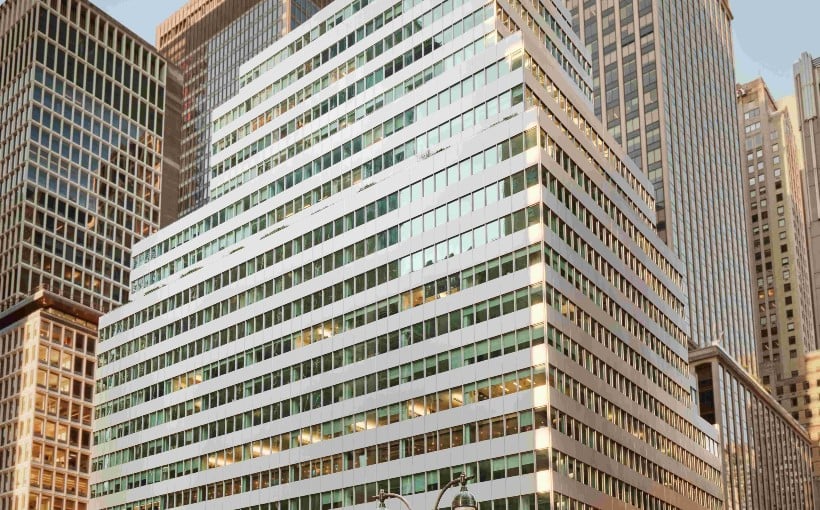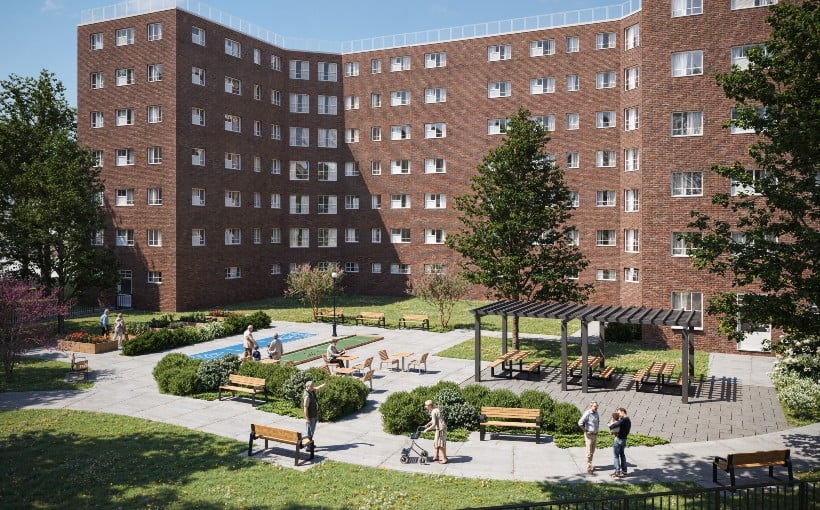According to Cushman & Wakefield, retrofitting is the process of making changes to an existing property in order to improve its energy efficiency and reduce energy consumption. This involves careful planning, analysis, and research into potential improvements for multifamily properties. As Chris Gray, CEO of EcoSmart Solutions explains: “Retrofitting requires stepping back and evaluating where energy is being used and what solutions are feasible.”
There are several factors that must be considered when considering a retrofit project:
– The age and construction of the building
– The current state of insulation and windows
– Utility costs versus improvement options
Gray notes that there are numerous options for retrofits available but it’s important to prioritize based on potential benefits. An initial step in working with a multifamily client at EcoSmart is conducting an energy audit followed by creating models for possible solutions.
These solutions can range from simple lighting upgrades to more extensive projects such as replacing insulation throughout the building. However, implementing these changes comes with upfront costs which may require accessing equity through partnerships or recapitalization.
Financing retrofits can also involve securing debt financing from traditional lenders who have goals related to climate action or utilizing specialized programs like Commercial Property Assessed Clean Energy (CPACE). Gray emphasizes that finding suitable financing requires significant effort but having someone knowledgeable guide you through the process increases your chances of success.
Aside from reducing operating expenses over time, there are other benefits associated with multifamily retrofits including gaining a competitive advantage in the market. By improving older properties through sustainable practices owners can offer lower rents while still maintaining high occupancy rates compared to newer buildings nearby.
Another benefit is increased tenant comfort as upgraded systems make maintenance easier while reducing operational complexity leading fewer middle-of-the-night calls about heating or water issues.
Additionally, undertaking successful retrofit projects makes your property more attractive not only tenants but also investors looking for environmentally responsible investments according Gray: “By demonstrating improved conservation efforts landlords expand their buyer pool to include institutional investors with green mandates.”
When considering retrofits, it’s important to understand that each project is unique and may involve different approaches such as opening walls for insulation or upgrading HVAC systems. Gray advises starting with simple improvements like lighting upgrades before tackling more complex projects.
He also recommends planning for future retrofits as buildings age in order to avoid costly repairs down the line. Ultimately, retrofitting should be seen as an ongoing process rather than a one-time fix and having a knowledgeable team member can help identify potential strategies for success.
This article was originally published on ApartmentBuildings.com .




